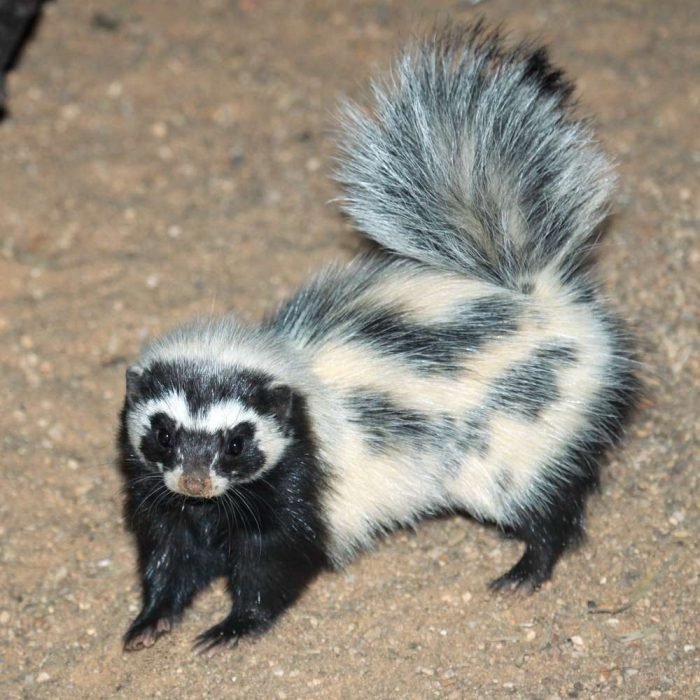Yellow Baboon
( dog headed baboon )
- Papio cynocephalus
- IUCN Status: Least Concern
- Trend: stable

General Information
The yellow baboon has also been called the dog-headed baboon for obvious reasons. It is widespread and thriving across Zambia.
Description
Yellow baboons have slim bodies with long arms and legs, and yellowish-brown hair. They resemble the Chacma baboon, but are somewhat smaller and with a less elongated muzzle. Their hairless faces are black, framed with white sideburns.
Fun Facts
The yellow baboon is Zambia’s most adaptable primate, hiding surprising secrets behind its golden-brown facade. These clever monkeys employ a repertoire of 30+ vocalizations, including fake leopard alarms to steal food, and in the Luangwa Valley, some troops risk crocodile-infested waters to dig up water lily tubers—a rare primate behavior. Elder females act as living libraries, guiding troops to drought-era water sources, while younger members use sticks like tools to extract scorpions safely. Hybrids with petite Kinda baboons occasionally appear, sporting blonde fur on yellow baboon frames. Their social dramas rival human soap operas: males form wartime alliances, kidnap rivals’ females, and mourn dead infants for weeks, with mothers sometimes carrying mummified babies. Remarkably, their gut bacteria neutralize anthrax, letting them feast on carcasses lethal to other animals. In Kafue, watch for “yawn battles”—males flash dagger-like canines in intimidation displays without actual combat. Though snare injuries and farmer retaliation threaten them, their ingenuity keeps them thriving even on Lusaka’s urban fringe.
Ecology & Behaviour
Yellow baboons use at least ten different vocalizations to communicate. When traveling as a group, males will lead, females and young stay safely in the middle, and less-dominant males bring up the rear. A baboon group’s hierarchy is a serious matter, and some subspecies have developed behaviors intended to avoid confrontation and retaliation. For example, males may use infants as a kind of “passport” or shield for safe approach toward another male. One male will pick up the infant and hold it up as it nears the other male. This action often calms the other male and allows the first male to approach safely.
Distribution & Habitat
Yellow baboons inhabit savannas and light forests in southern and eastern Africa. They are diurnal, terrestrial, and live in complex, mixed-gender social groups of 8 to 200 individuals per troop. Like all other baboon species, they are omnivorous, with a preference for fruits; they also eat plants, leaves, seeds, grasses, bulbs, bark, blossoms and fungi, as well as worms, grubs, insects, spiders, scorpions, birds, rodents and small mammals. All species of baboons are highly opportunistic feeders and will eat virtually any food they can find.
Diet
Yellow baboons use at least ten different vocalizations to communicate. When traveling as a group, males will lead, females and young stay safely in the middle, and less-dominant males bring up the rear. A baboon group’s hierarchy is a serious matter, and some subspecies have developed behaviors intended to avoid confrontation and retaliation. For example, males may use infants as a kind of “passport” or shield for safe approach toward another male. One male will pick up the infant and hold it up as it nears the other male. This action often calms the other male and allows the first male to approach safely.
Reproduction
Yellow baboons use at least ten different vocalizations to communicate. When traveling as a group, males will lead, females and young stay safely in the middle, and less-dominant males bring up the rear. A baboon group’s hierarchy is a serious matter, and some subspecies have developed behaviors intended to avoid confrontation and retaliation. For example, males may use infants as a kind of “passport” or shield for safe approach toward another male. One male will pick up the infant and hold it up as it nears the other male. This action often calms the other male and allows the first male to approach safely.
Conservation
The yellow baboon is one of the most successfully thriving primate and is widespread. They do not rank among threatened animal species.
Interaction with Humans
The baboon’s major predators are humans. Knowing that humans can easily kill or injure them when they are in trees, baboons usually escape through undergrowth. Many troops have become a suburban menace in their search for food, overturning garbage cans, and literally breaking into cars and houses where they cause much damage. These troops can be dangerous and aggressive, and they will even steal food directly from people. These negative encounters have resulted in the baboons being hunted and poisoned by frustrated local residents. A dominant individual (usually the alpha male) leads the group to easily monopolised resources. The group usually follows, even though many subordinate members cannot gain access to that particular resource.












